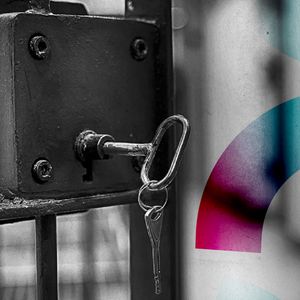Michael Saylor, executive chair of Strategy, has warned that on-chain proof-of-reserves may create artificial intelligence-related security attacks. Speaking during a panel on the sidelines of the Bitcoin 2025 conference, Saylor said the practice is a “bad idea.” Security Risks and Incomplete Transparency When asked about the growing trend of institutions adopting the transparency measure, Saylor was opposed to it. “It actually dilutes the security of the issuer, the custodians, the exchanges and the investors. It’s not a good idea, it’s a bad idea,” he argued. The 60-year-old acknowledged that the industry has lessons to learn from the failures of FTX and Mt. Gox. However, he noted that proof-of-reserves is not the correct approach for companies to use. He also highlighted that no enterprise-level security professional would advise revealing all wallet addresses, a practice that is part of the process. He added that if AI were asked to evaluate the long-term risks of publicizing wallet structures, it would generate 50 pages of potential threats. The Bitcoin enthusiast emphasized that while transparency is important, proof-of-reserves only shows what a company owns and does not reflect what it owes, making it an incomplete measure of financial health. He suggested that instead of relying on the mechanism, institutions should focus on more holistic accountability solutions that provide a clearer picture of their financial stability. Would Strategy Adopt Proof-of-Reserves? When Blockware Solutions’ head analyst Mitchell Askew asked Saylor whether Strategy would consider using the verification method, the executive avoided giving a direct response. Proof-of-reserves gained popularity following the collapse of crypto exchanges like FTX and Mt. Gox, which left investors uncertain about whether exchanges had enough assets to cover liabilities. The disclosures are meant to show that institutions hold enough digital assets to back customer deposits. They are also used by entities such as crypto-tracking exchange-traded funds to confirm asset backing. Many crypto exchanges, such as Binance, Kraken, and Bitwise, have adopted them as a way to demonstrate solvency. The interview follows Strategy’s recent announcement that it had acquired an additional 4,020 BTC for nearly $430 million. The company now has 580,250 BTC and has recorded a BTC yield of 16.8% year-to-date in 2025, making it the largest corporate holder of the flagship cryptocurrency. Despite this, Google Finance data shows that the business intelligence firm’s stock closed at $369.51 on May 26, a 7.50% decrease in the last 24 hours. The post Michael Saylor Explains Why On-Chain Proof-of-Reserves Are a Bad Idea appeared first on CryptoPotato .



















